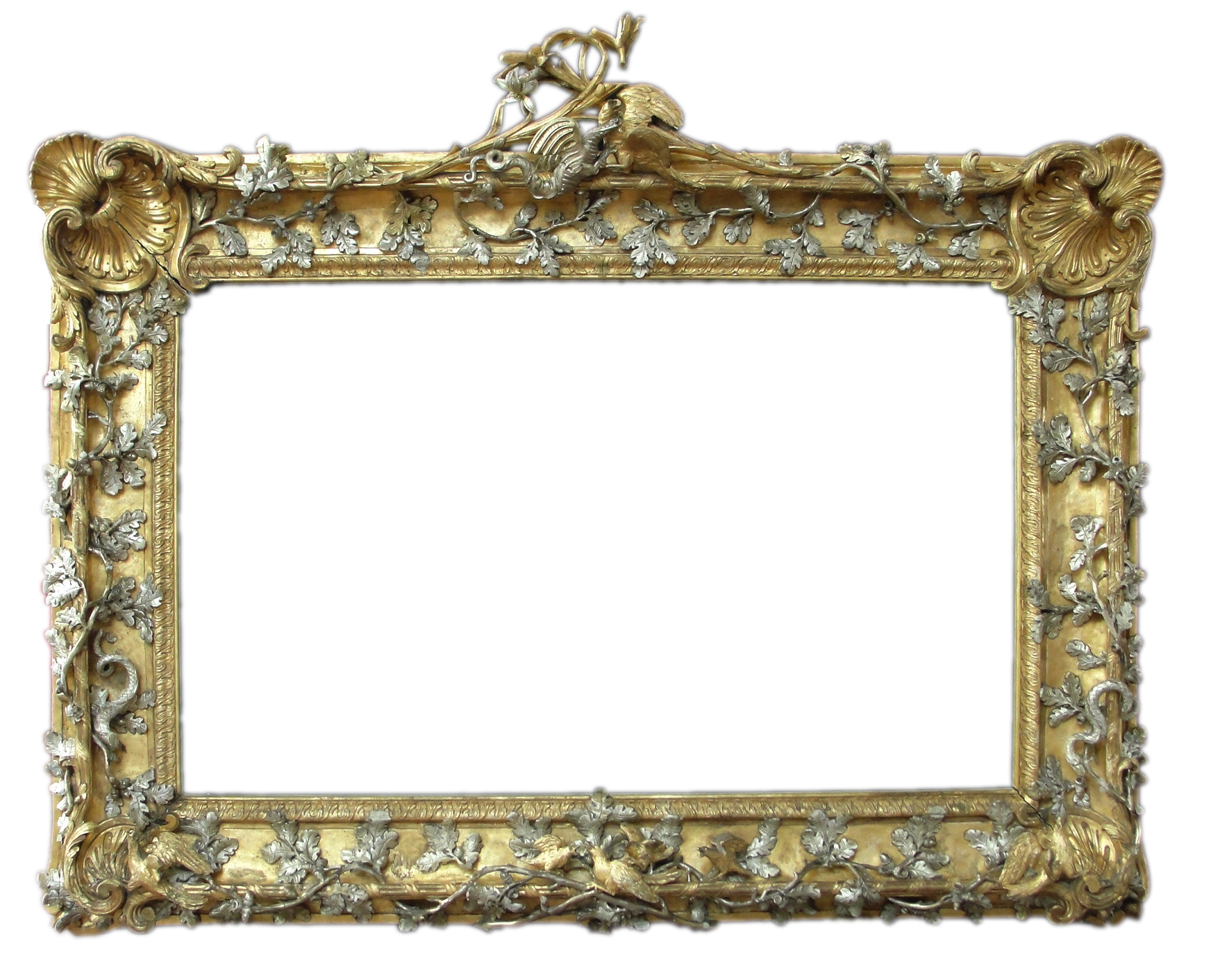Restoration methodology
Gilding
Gilding in restoration
The art of gilding and the profession of gilder-restorer associated with it today,
are traditional in nature.
This art uses the techniques of master gilders of the 17th and 18th centuries.
Technological advances and novelties that have emerged in recent years allow
to undertakethe restoration with all the current guarantees.
Our overarching goal is to approach conservation and restoration work
in order to preserve the "acquis".
THE CONDITION STATEMENT
"One of the restorer's missions is to establish a condition report on the work before any intervention.
This file will indicate the state of the general structure and a detailed description of the part, as well as all the alterations observed when it entered the workshop.
The technician in charge of restoration, through his knowledge, experience and
his know-how will be able to properly assess the work to be done after a precise analysis and
inform the custodian, the client or the company.
All the different phases that will have to be carried out later will be the subject of a study.
For this we will carry out tests, surveys, to better understand the possible difficulties thus revealed.
Explicit photos will be taken and added to the condition report to precisely corroborate the proposals for necessary interventions. The restorer's analysis and his proposals aim to stop the process of degradation of the work while preserving the achievements as much as possible, that is to say by considering conservation work. The condition report will then be sent to the curator (responsible and guarantor of the work over time). The latter takes the information, analyzes their validity and makes the final decisions after discussing it with the restaurateur. It is a moment of exchange where everyone brings their knowledge and knowledge to achieve the best possible restoration. "
(extract "Art and techniques of gilding at Versailles")
THE DIFFERENT STEPS :
- Cleaning
- collages
- Gluing
- Filling
- Softening
- The work of the primers and the repair
- Sanding
- yellowing
- Trim
- The bitch
- gilding
- The melting of cups
- Burnishing
- matting
- The patina
contemporary gilding
Generally the gilding is done by mixing.
This mordant made up of oil and varnish is used to create decorations and to metallize large surfaces (gold, copper, aluminium, platinum, palladium).
The chosen metal will be in harmony with the design of the room and the desired atmosphere
by the client or the interior designer.
The preparation of the backgrounds being essential, we attach great importance to carrying out the preparatory layers, the sanding and the appropriate background painting ourselves to achieve a top-of-the-range decor.
Palace in Doha
Design: Calliper Jean-Marc Nehme
The palace located in the embassy district includes many rooms in which we had to intervene.
gilding on metal
As with all gilding work, only very careful preparation of the supports can guarantee long-lasting work.
Gilding on metal (interior and exterior) therefore requires the application of specific preparatory layers.
Restoration and Conservation of Polychromy
THE DIFFERENT STEPS:
- Dusting
- Fixings and consolidations
- Xylophage treatments
- Consolidation of weathered wood
- Cleaning in several stages (undesirable elements, removal of overpaints)
- Curettage of lacunar parts
- Gluing
- Filling
- The repair work
- Finishing sanding
- insulation sealants
- Retouching of the pictorial layer
- The patina
- Final Protection









